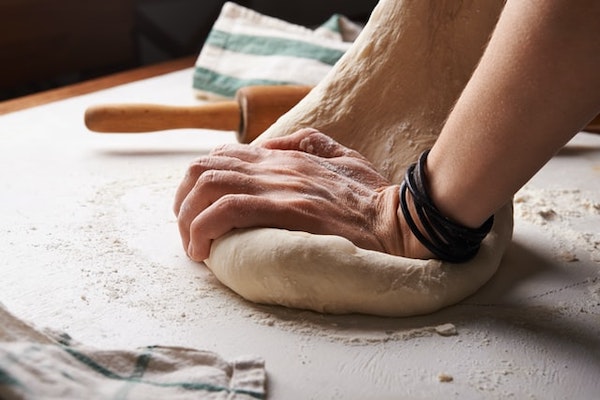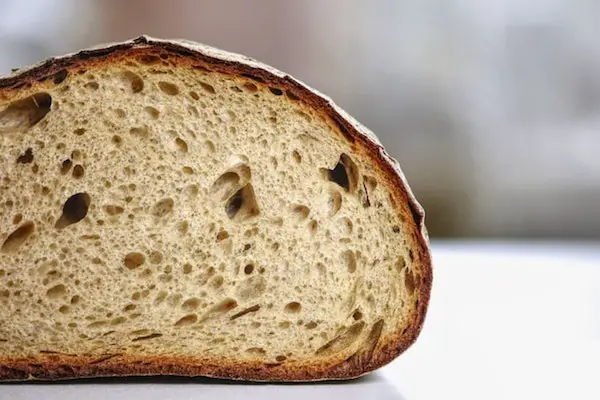Originally, sourdough points to the cultures of various microbes found in the San Francisco area. Later on, the term then referred to miners who brought sourdough starters everywhere they go.
However, with the recent growth of huge-scale commercial baking, plus the invention of different dough flavoring agents, the definition of sourdough expanded to include any type of sour bread, regardless of whether it is leavened with natural leaven starter or using commercial baker’s yeast.
Understandably, sourdough is actually quite different from sour bread, which may confuse some people, but knowing the details and understanding how it’s made can better improve your technique.
What exactly is sourdough?
Sourdough is the term used to describe the natural leaven of natural or wild yeast and lactobacilli. It is the process of leavening bread using a natural leaven.
Sourdough starter is a culture of natural or wild yeast, together with lactobacilli in a medium of liquid and flour. When fed on a regular schedule, the starter grows and in doing so, leavens the bread dough. This starter feeding process is constantly ongoing, and can potentially go on for years and even generations. We here at A Bit of Bread have a 3 year old starter that is still going strong!

Read More: How does leavening work?
Sourdough bread on the other hand has been leavened using a sourdough starter. However, it may or may not be a sour bread, based on the characteristics of the starter.
What is sour bread?
Sour bread, also known as faux sourdough, describes any kind of bread that has the sour flavor, due to flavoring agent like souring salts, ingredients like vinegar or yogurt or process that does not include a natural leaven starter or a sourdough.
Sourdough bread does not need to be sour bread.
Sourdough bread can be very sour; alternatively, it’s also normal for it not to be sour.
See, with sourdough, the level of sourness will depend on several factors like the kind of grains, temperature, length of fermentation, specific yeast strains and lactobacilli and the amount of water. This can present different flavors of bread that are unique to the specific area it’s in.
(aka sourdough bread in the Northeast can taste totally different than sourdough made in Western California with the exact same starter!)
About Hooch
Now you might notice that after leaving your starter in the fridge, the mixture will begin to separate, leading to a layer of brownish liquid forming at the very top.
This liquid is known as Hooch, and contains about 12 to 14% alcohol.
Hooch is described as the alcoholic by-product of the process of fermentation. The alcohol dissipates while baking. You can stir the liquid back into the starter before you use it.
Hooch can build up in the starter, especially if you keep it in the fridge.
So what do you do with it? You can either pour it or mix the hooch back in if the sourdough starter is on the dry area. But if your starter is very moist, discard the hooch.
Are bakers’ yeast Natural Leavens?
Starters created using commercial bakers’ yeast are not natural leavens.
These are actually yeasted starters that do not produce the same results in terms of shelf-life, flavor and texture like natural leaven starters. However, it’s possible to turn a commercial yeasted starter into natural leaven by adding natural yeasts to it.



